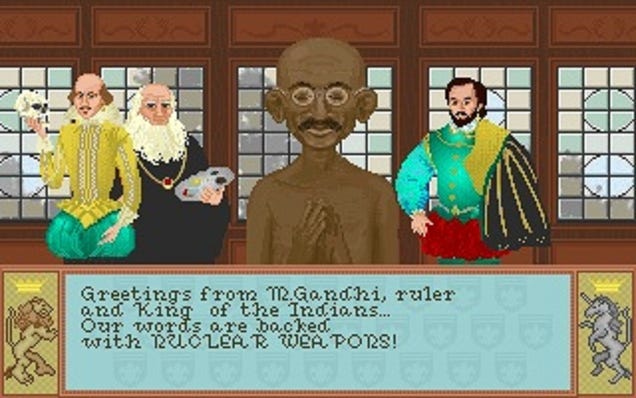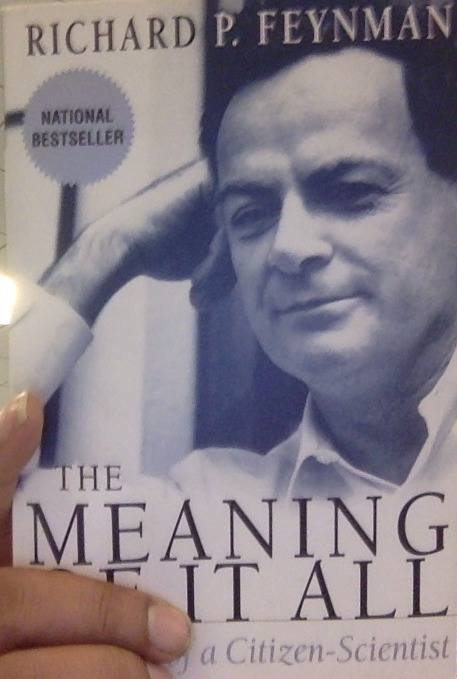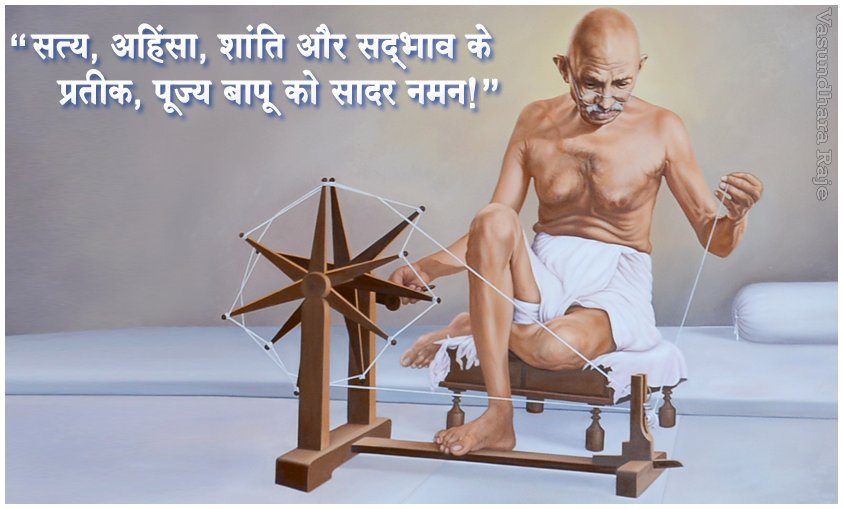Book Review: Guns, Germs and Steel
It is hard for me write a review for as a great a book as "Guns, Germs and Steel". I had not read anything like that before. It just opened me up to a whole new level of experience, and new set of expectations from books.
I think, I picked it up after reading Bill Gates review about this.
"Like a lot of people, I was blown away by Diamond's Guns, Germs and Steel. I had never read anything that explained so much about human history." - Bill Gates, On Guns, Germs and Steel
I made copious notes while reading this book, I wanted to preserve it for my future reference. I looked up many different incidents in Wikipedia while reading this book. Every moment I spent was totally worth it. It will give a reader a whole new understanding of the world. This book feels like a Magnum Opus, an experience provided to the reader.
The first captive thing presented to me in this book was
Battle_of_Cajamarca
The Battle of Cajamarca, also spelled Cajamalca (though many contemporary scholars prefer to call it the Cajamarca massacre), was the ambush and seizure of the Incan ruler Atahualpa by a small Spanish force led by Francisco Pizarro, on November 16, 1532. The Spanish killed thousands of Atahualpa's counselors, commanders, and unarmed attendants in the great plaza of Cajamarca, and caused his armed host outside the town to flee. The capture of Atahualpa marked the opening stage of the conquest of the pre-Columbian civilization of Peru.
which lead to the fall of
the Inca Empire in South American Continent in 1500s.
Here is some data on this Battle. The left hand side is Spanish, and the right side is Inca Empire.

Isn't that startling? What happened? The reader is taken through the reasons for such decisive victory.
Then it steps back and goes the reason for why some developments took place at the places it took place. This flow-chart from the book conveys the reason in a comprehensive way.

Then, a chapter on writing gives a whole history of human writing system. Which itself is fascinating, and the next chapter was titled "Necessity's Mother".
This is an interesting twist on the commonly known proverb, "Necessity is the mother of all inventions". It just asks, who was "Necessity's Mother". The answer is simple, it is the idle brain, curiosity. The chapter gives so many details on the inventions that really took the world. I briefly wrote about it in this post Edison and his phonograph when I was reading that chapter.
Then it deals with the idea of how the concept society and a religion must have formed. In the final chapters, it goes into the fascinating story of China and Africa.
Here is one thing about China that amazed me.

Think about it, China sent huge ships with lots of people to expeditions way before Columbus set his foot on America!
And the chapter on Africa, tells about the diversity of Africa, mentions about 1500 languages that originated in Africa. And shares something that is very interesting.

This just says two of modern religions of the world originated by the speakers of an African language.
This book is an answer from Jared Diamond to his friend from Papau New Guinea, on why westerners were more advanced than his tribe. It does a great job of giving that answer to Mr. Yali and rest of us.




























